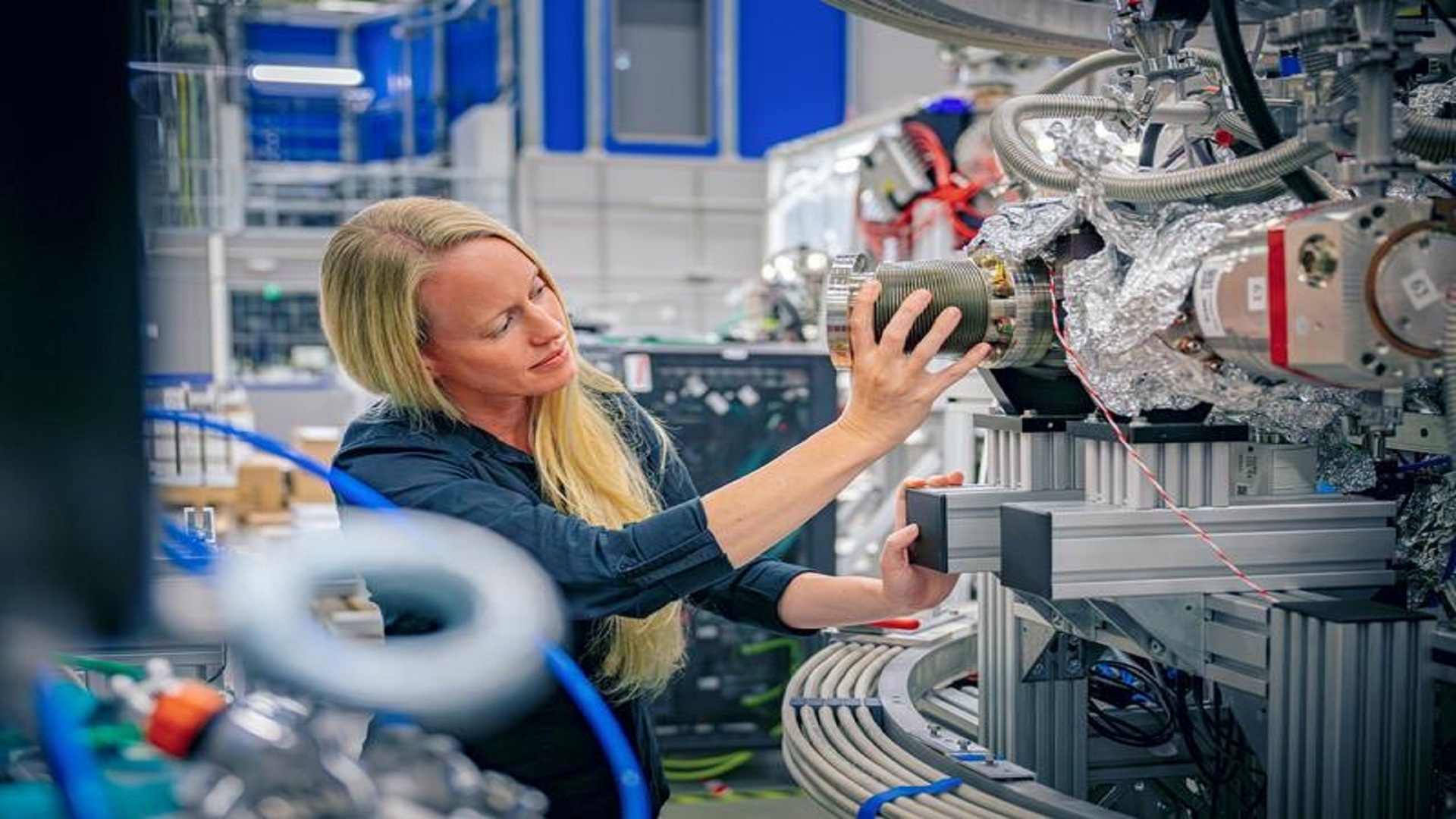Atoms never stay still. Even in their lowest energy state, they vibrate due to quantum effects.
Now, for the first time, scientists have directly observed this jittery movement in a complex molecule—just moments before it exploded into fragments under a powerful X-ray beam.
At the European XFEL near Hamburg, researchers used high-intensity, ultrashort X-ray pulses to hit a molecule called 2-iodopyridine.
The energy stripped away electrons and transformed the molecule into a highly charged system that immediately repelled itself and shattered.
By tracking the ejected fragments, the scientists were able to reconstruct the shape and internal movement of the molecule at the exact instant of breakup.
Zero-point motion mapped in 3D
“The molecule is not rigid, but in constant motion due to quantum fluctuations,” said Markus Ilchen, a lead author of the study. “We were able to image this motion by blowing the molecule apart and analysing the fragments’ directions.”
To do this, the researchers used a reaction microscope known as COLTRIMS, which can track charged particles at femtosecond timescales—one quadrillionth of a second.
The device records multiple fragments simultaneously and helps generate a full three-dimensional map of the molecular structure right before disintegration.
The team noticed that the fragments did not fly apart in directions that matched the expected flat geometry of the molecule. Instead, they showed signs of subtle distortion—signs of movement frozen in time.
 Rebecca Boll at the COLTRIMS (REMI) reaction microscope of SQS instrument of European XFEL, where the experiment was carried out. Credit-European XFEL.
Rebecca Boll at the COLTRIMS (REMI) reaction microscope of SQS instrument of European XFEL, where the experiment was carried out. Credit-European XFEL.
“We are looking at the quantum zero-point motion, which is always present even at absolute zero temperature,” said Till Jahnke, senior scientist at European XFEL. “It is the smallest possible motion a system can have.”
This movement was not random. It showed a coordinated trembling of atoms—typical of coherent quantum motion rather than thermal vibrations. “This motion is not random but coordinated, which is characteristic of quantum mechanics,” said Stefan Pabst from DESY, who led the theoretical modeling for the experiment.
Classical models fall short
To verify what they saw, the researchers compared their results with computer simulations.
Classical physics alone could not reproduce the observations. Only when quantum effects were included did the models align with the experimental data.
Because not all fragments could be measured in each event, the team relied on a statistical method that allowed them to reconstruct the full molecular geometry and motion from partial data.
This technique made it possible to capture a complete and accurate picture of what was happening inside the molecule at the moment of breakup.
“This is a major breakthrough in molecular imaging,” said Arnaud Rouzée from the Max Born Institute. “We can now observe quantum motion in complex molecules in real time.”
The experiment helps deepen the understanding of how matter behaves at quantum scales and could inform future research in chemistry, physics, and quantum modeling.
“Quantum mechanics governs the fundamental behavior of matter,” said Pabst. “Seeing its fingerprints in such a direct way is both exciting and essential for advancing science.”
The findings of the study appear in the journal Science.
FAQs:
1. What is the European XFEL?
It’s a powerful X-ray laser facility in Germany that helps scientists capture atomic-level details of molecules.
2. What are X-ray free-electron lasers used for?
X-ray free-electron lasers (XFELs) allow scientists to see extremely fast processes, like chemical reactions or viral infections, at atomic scales.
3. Can scientists really film molecules in motion?
Yes. Using ultrafast X-ray pulses, researchers can create “movies” showing how molecules behave during reactions.

